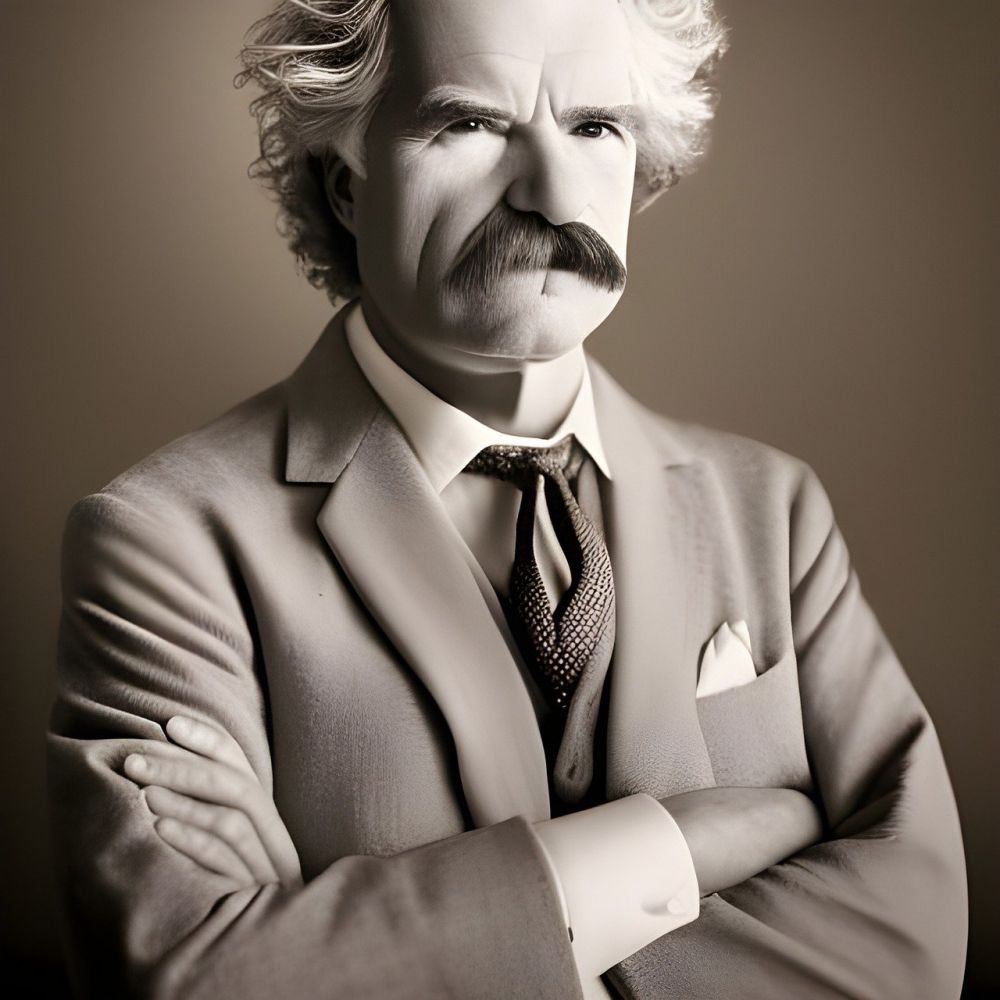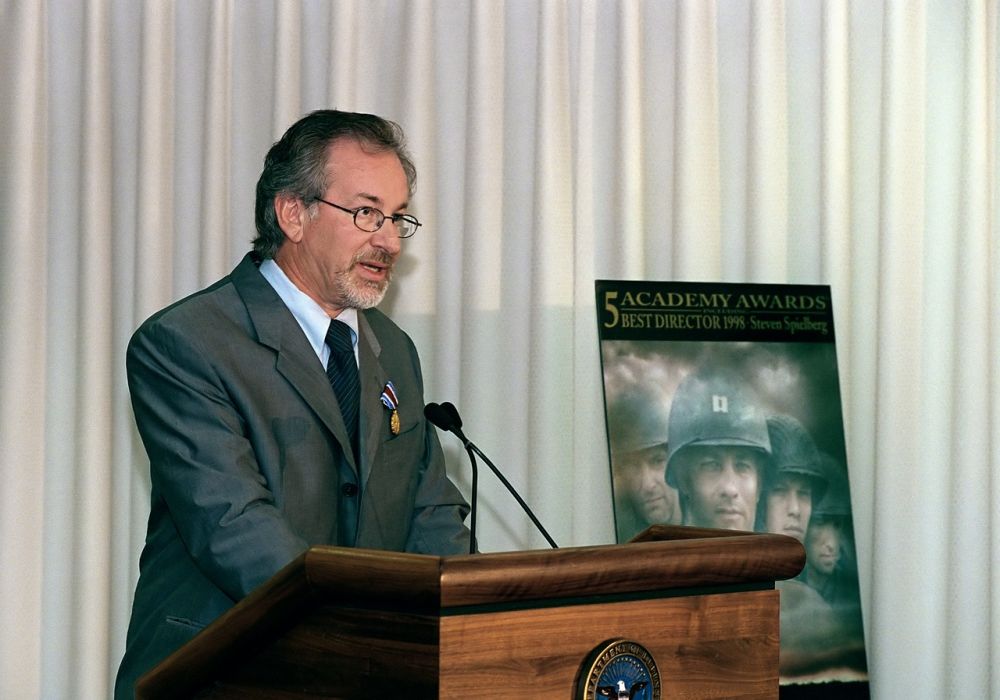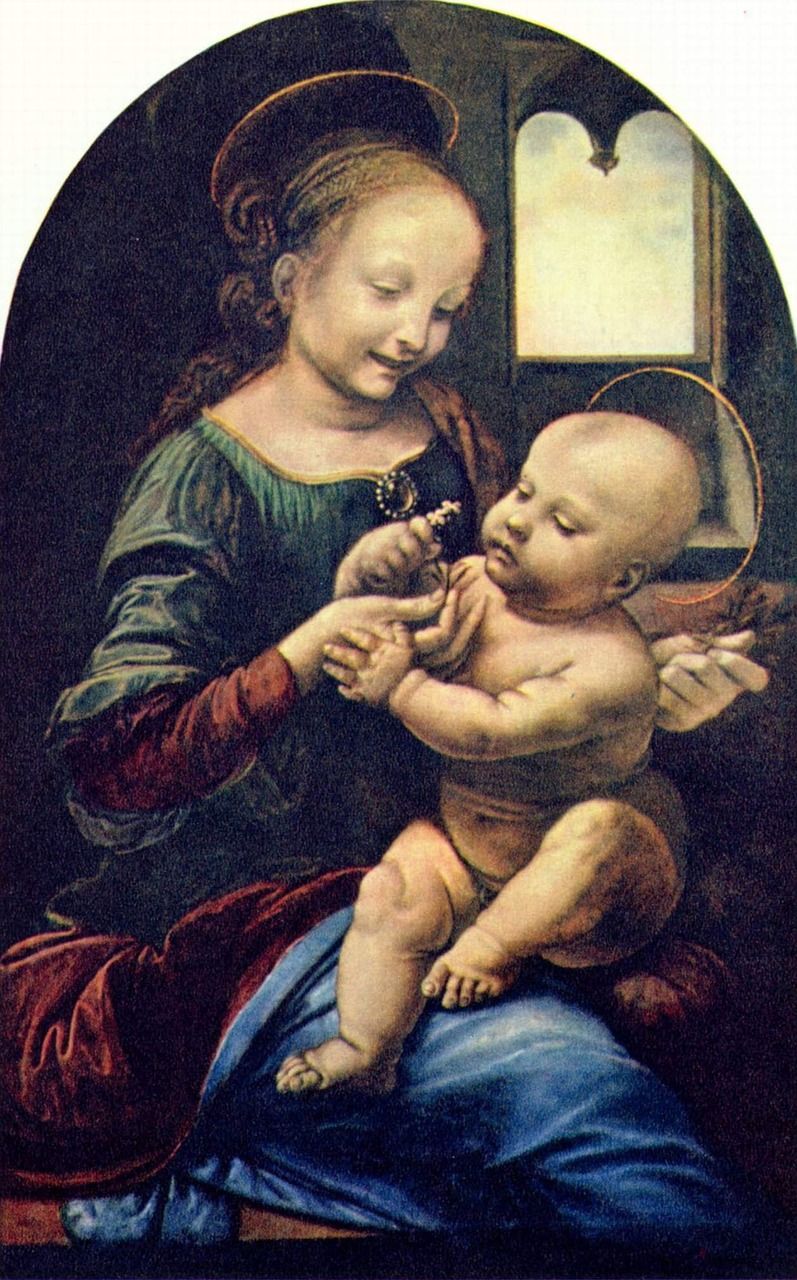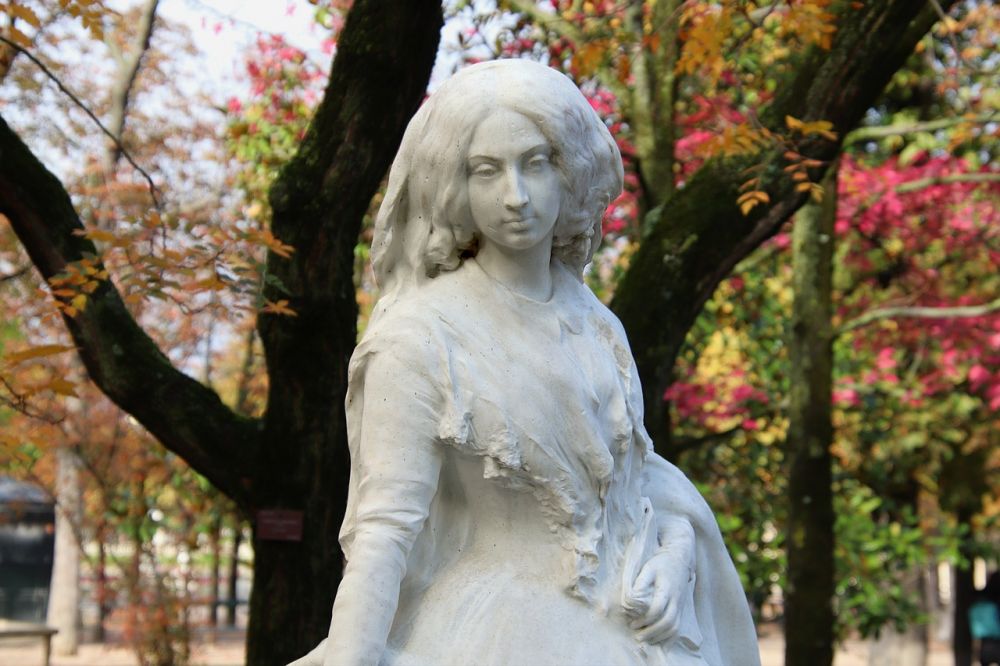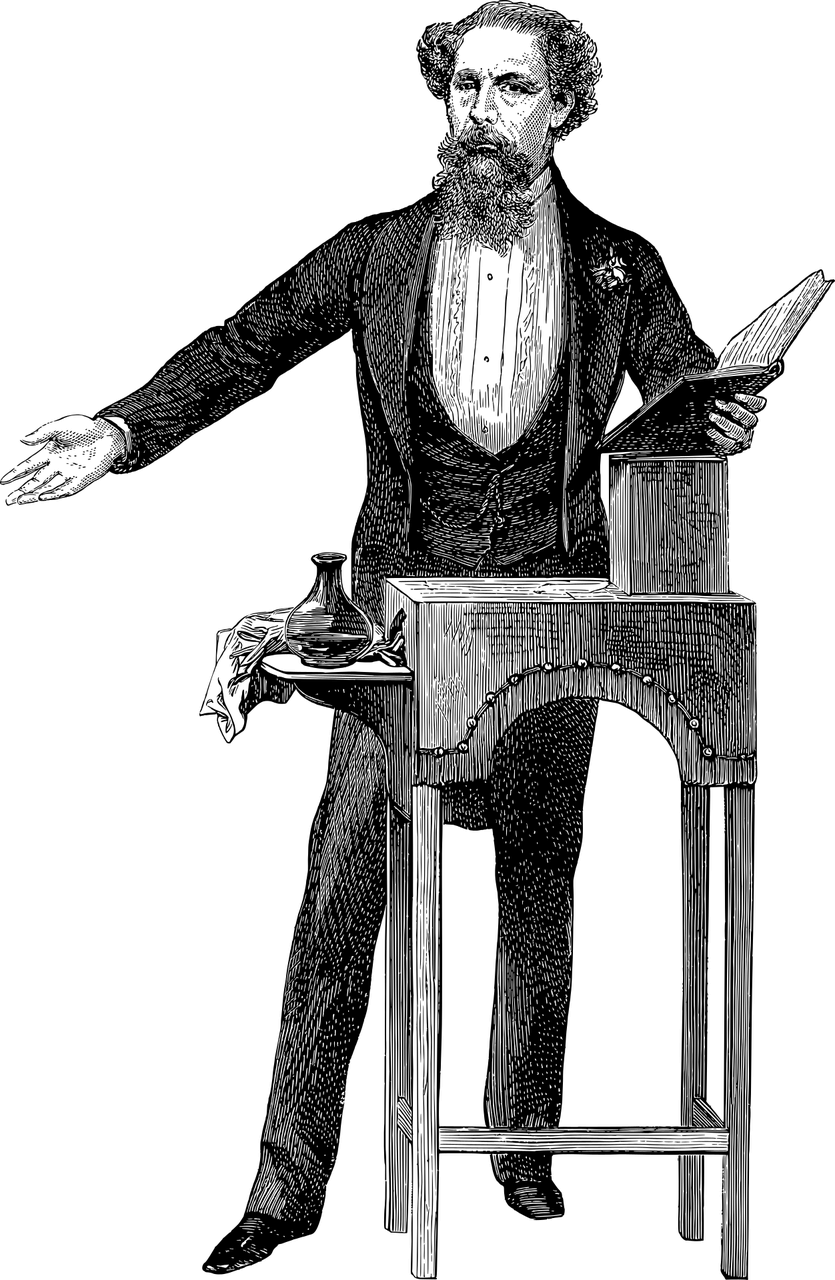Hans Christian Andersen: The Enigmatic Storyteller

Introduction:
Hans Christian Andersen, born on April 2, 1805, in Odense, Denmark, holds an indelible place in literary history as one of the world’s most renowned storytellers. Renowned for his fairy tales and captivating narratives, Andersen’s rich imagination and emotive storytelling have captured the hearts of readers for generations. This article aims to provide a comprehensive exploration of Hans Christian Andersen’s life and works, shedding light on his significance and enduring legacy for art enthusiasts and collectors alike.
A Historical Journey:
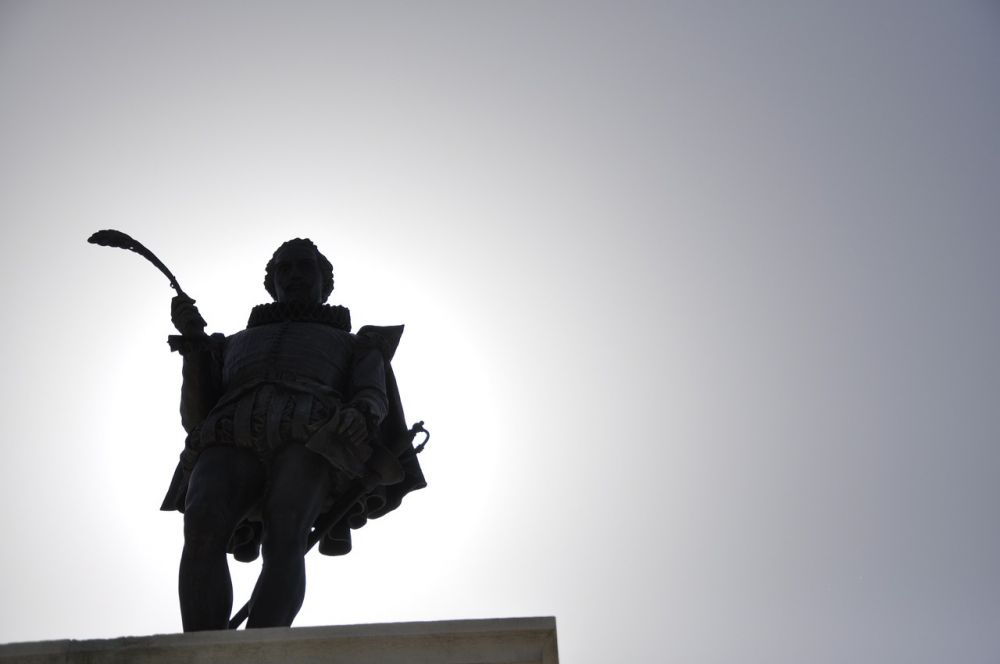
Andersen’s literary journey began in the early 19th century, amidst a backdrop of societal change and artistic revolution. As a child from a humble background, Andersen overcame numerous obstacles to establish himself as a prominent figure in Danish literature, and ultimately, on the global literary stage. His distinct writing style and ability to craft enchanting tales garnered him recognition throughout Europe, earning him prestigious accolades and commendations from esteemed literary figures, including Charles Dickens.
Andersen’s early works, such as “The Tinderbox,” “The Little Mermaid,” and “The Princess and the Pea,” showcased his unique blend of realism and fantasy, captivating audiences with his imaginative storytelling. The timeless appeal of his narratives lies in their ability to transcend age and cultural boundaries, making Andersen’s tales cherished by young and old alike.
As Andersen’s popularity soared, his tales were translated into numerous languages, allowing his stories to reach a global audience. His enchanting tales of love, loss, and personal growth continue to resonate with readers of all ages, enduring the test of time and solidifying his status as one of literature’s greatest icons.
The Development of Andersen’s Style:
Andersen’s writing style evolved throughout his career, mirroring the changing times and his own personal experiences. Initially influenced by folklore and mythologies, his early works incorporated traditional storytelling elements, often imbuing them with a moral undertone. However, as he grew artistically, Andersen began to experiment with more complex narratives, exploring themes of identity, social class, and personal aspirations.
Andersen’s travel journals further enriched his literary repertoire, providing him with a wealth of firsthand experiences to draw upon. His expeditions to countries such as England, Italy, and Greece enabled him to infuse his tales with vivid descriptions of foreign landscapes and cultural nuances, captivating readers with their authenticity.
Beyond the Fairy Tales:
Although widely celebrated for his fairy tales, Andersen’s literary contributions extend far beyond his whimsical narratives. He also penned numerous plays, novels, and poems, showcasing his versatility as a writer. These lesser-known works delve into deeper philosophical themes, often exploring existential questions and the complexities of human nature. They offer a profound insight into the mind of an artist who constantly sought to push artistic boundaries and challenge societal norms.
Andersen’s Impact on the Art World:
Andersen’s influence extends beyond the realm of literature, permeating the art world as well. His captivating tales have inspired countless adaptations, from theatrical productions to ballets, and even cinematic interpretations. Artists, both past and present, continue to draw inspiration from his narratives, creating visually stunning representations of his characters and stories. The enduring allure of Andersen’s tales has established a unique connection between literature and art, further cementing his importance in the cultural landscape.
Conclusion:
Hans Christian Andersen’s timeless tales and profound storytelling have left an indelible mark on the literary world. From humble beginnings to international acclaim, his ability to captivate audiences with enchanting narratives and empathy for the human condition has secured his legacy as one of the greatest storytellers of all time. His works continue to serve as a wellspring of inspiration for artists, collectors, and admirers of art globally. As we celebrate Andersen’s contributions to the arts, we are reminded of the enduring power of a well-told story and the significant impact it can have on generations to come.
